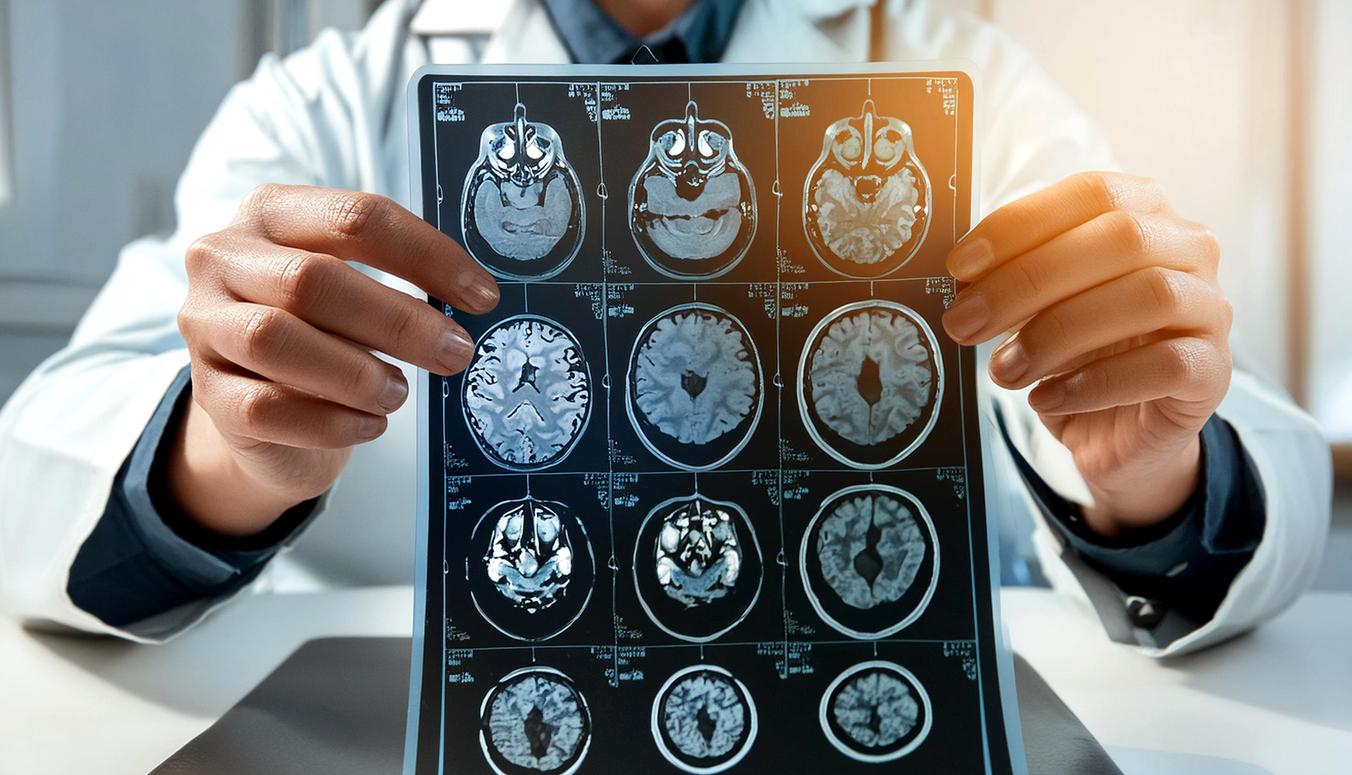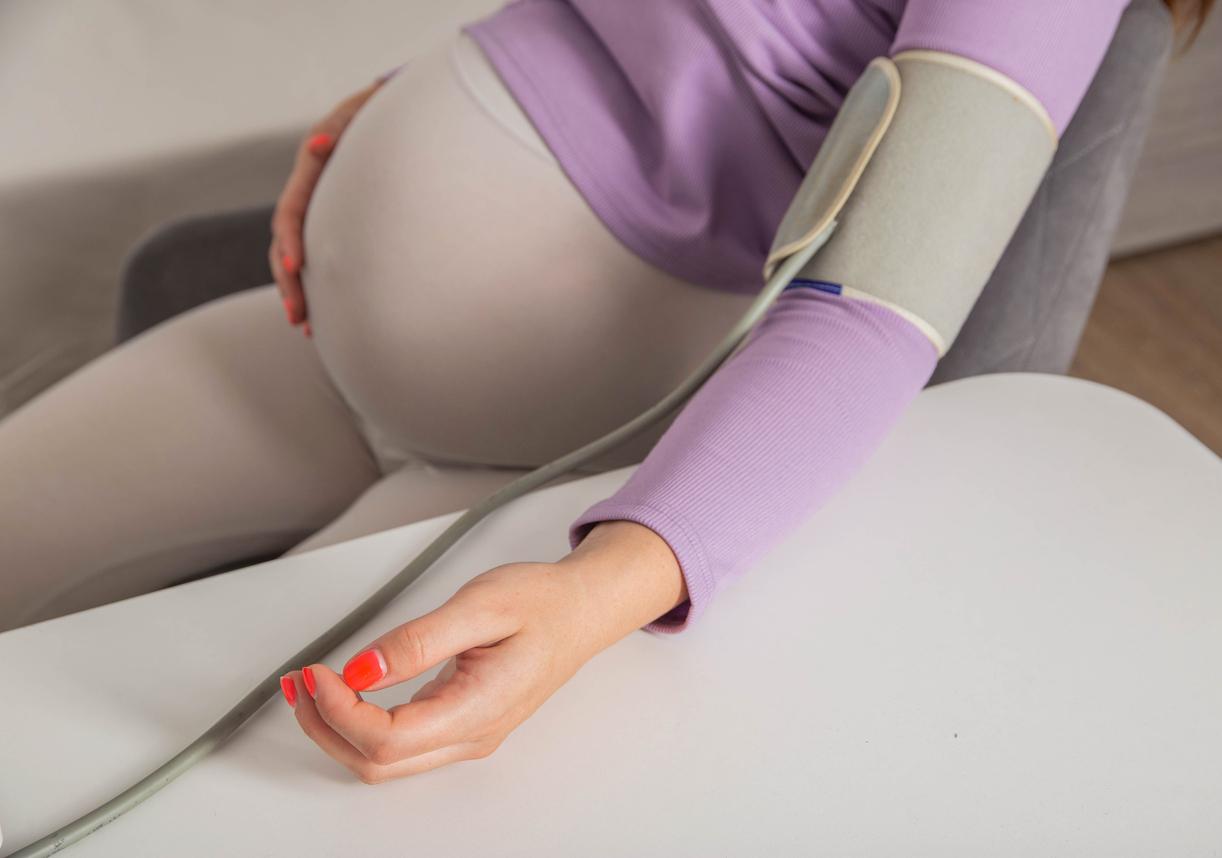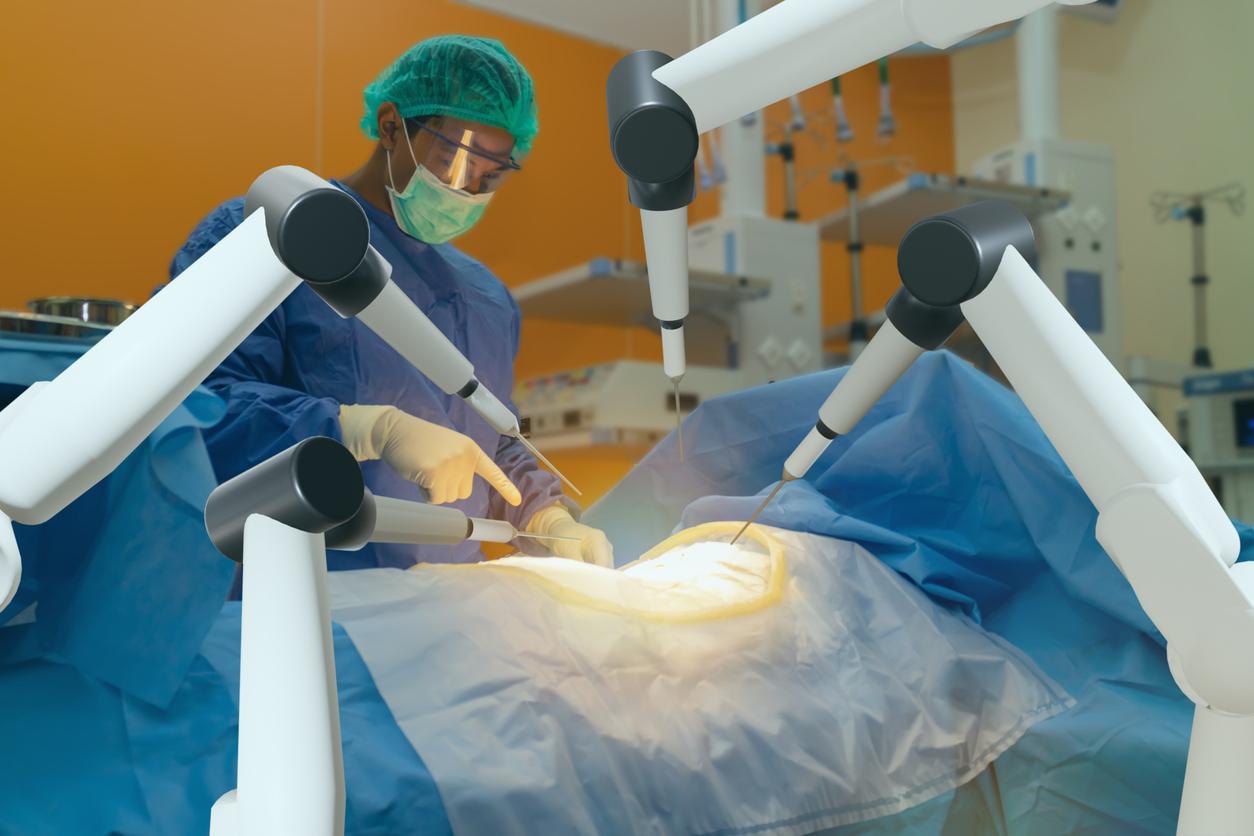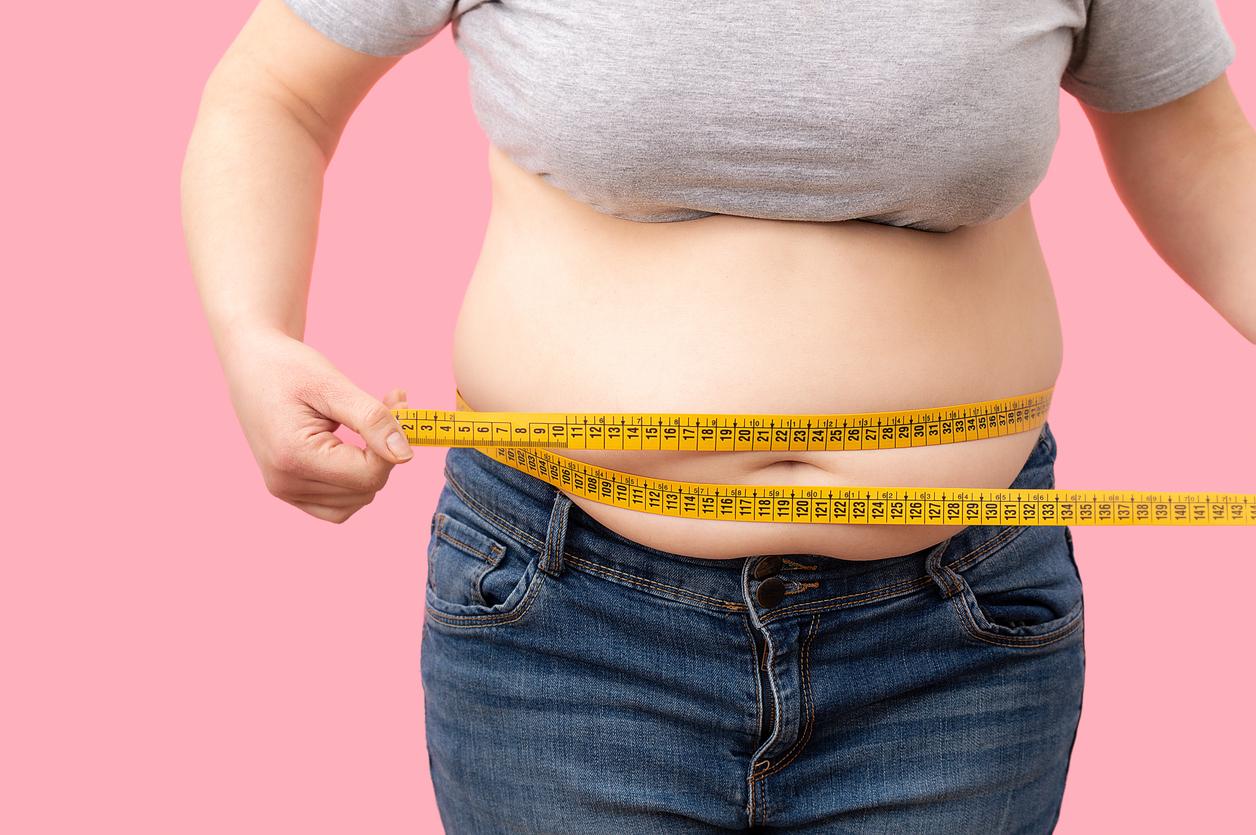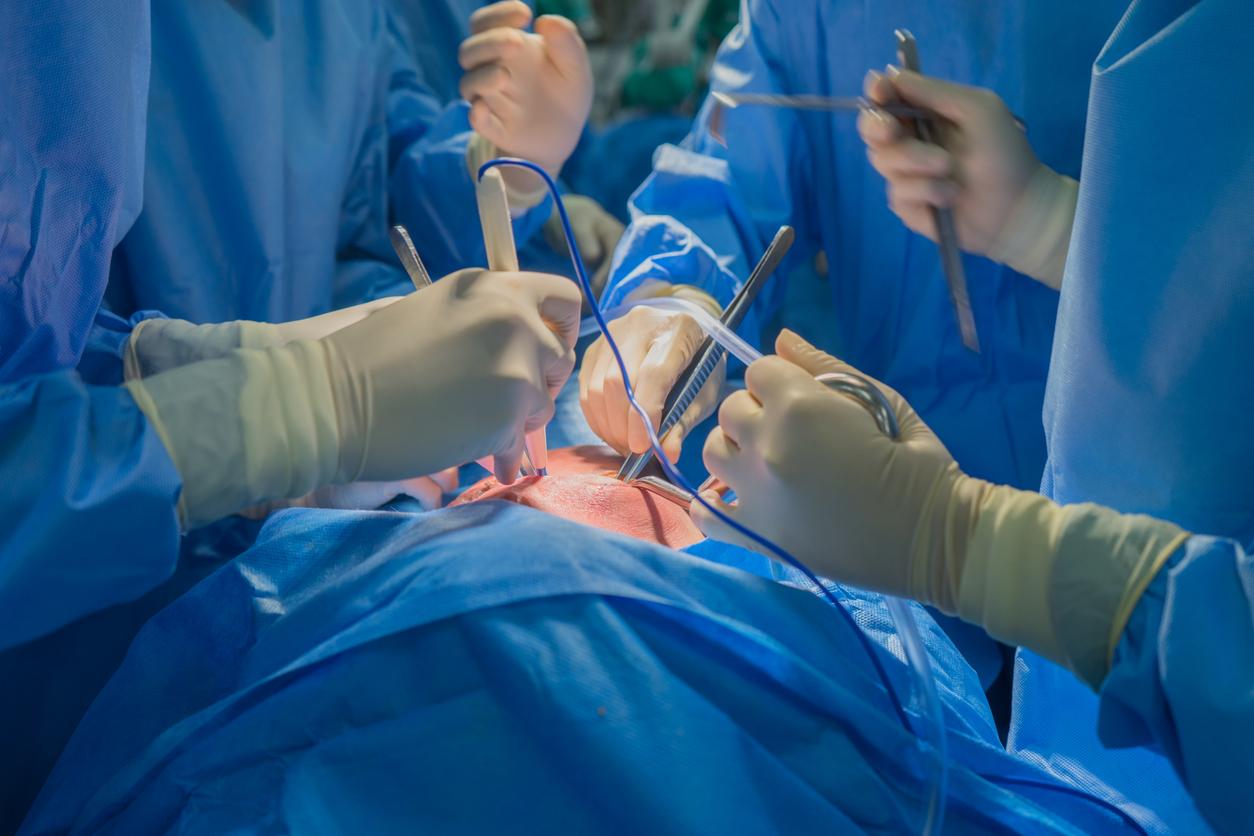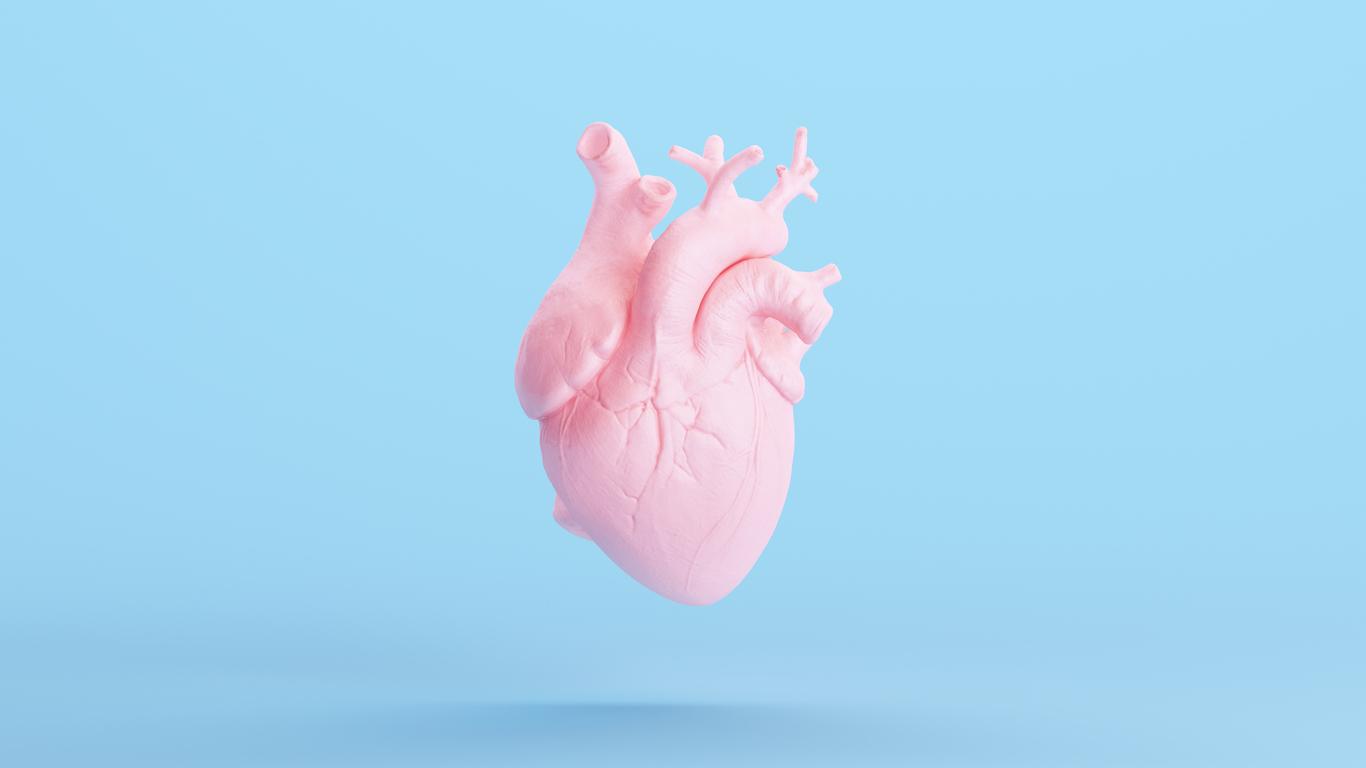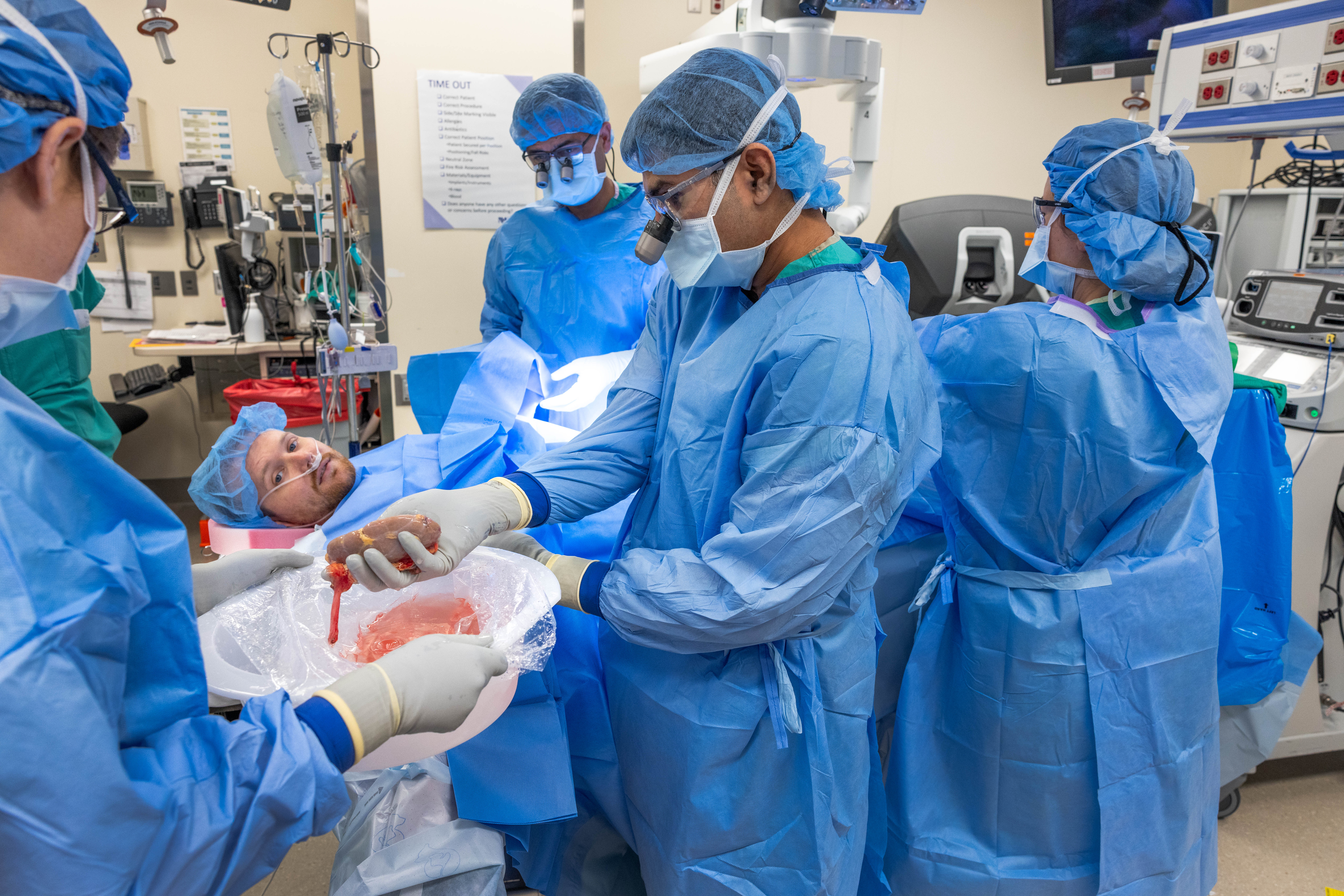Scientists have invented a method to “thaw” the grafts without damaging them in order to avoid a lot of waste.
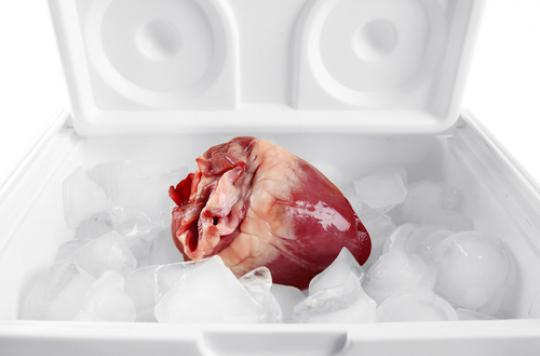
When it comes to transplantation, science still has some prowess to achieve and mysteries to unravel. For example, it has made it possible to perform transplants, but has still not found a way to avoid damaging the grafts before the operation, when thawing, which gives rise to a great waste of intransplantable organs. Work published in the journal “Science Translational Medicine” raise part of this unknown by proposing a new method.
60% waste
Organs and tissues are preserved by cryogenics, a process that involves cooling them to temperatures set between -160 and -196 degrees. In preparation for a transplant, doctors “thaw” them by placing them in ice. But in the current absence of a harmless rewarming technique, during this operation, 60% of the organs become unusable because they cannot be preserved for more than four hours.
However, if half of these unused organs could be transplanted, the waiting list of patients waiting for a transplant in the United States would be eliminated in two years, according to researchers at the University of Minnesota.
Thaw without damage
The new approach developed by scientists allows rapid and uniform warming that does not affect the cell viability of tissues, specify the authors who have filed two patents. The technique involves mixing iron oxide coated silica nanoparticles with a solution that quickly generates uniform heat.
After rewarming, none of the tissues showed signs of damage unlike the control samples which are slowly rewarmed on ice. In addition, the tissues could easily be cleaned of nanoparticles after the thaw, the researchers say.
Scientists tested this technique with frozen human skin cells, larger pieces of heart tissue and pig arteries, representing a volume of 50 milliliters. Before that, they had managed to thaw very small one-milliliter tissue samples without damage.
“This research indicates a strong possibility of obtaining the same results for much larger samples, such as whole organs,” according to the optimistic scientists.
.







